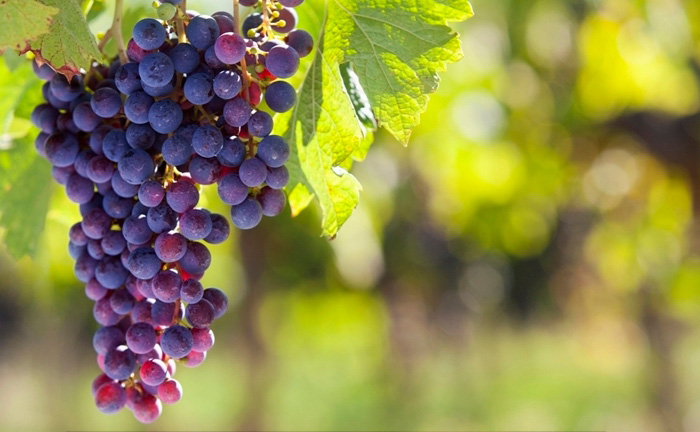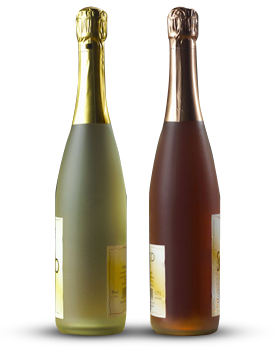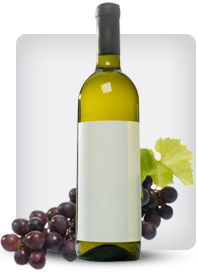

Tag: Historical
Texas Wine – The Historical Wine Making of Chateau Bubba
Posted onAlthough Texans have made wine since the frontier days, they have always had trouble getting any respect for their craft. One visitor from the 19th century complained that the handcrafted local wines made from wild grapes were too sour.
More recently, when the state’s wineries began modern production, unappreciative outsiders labeled the Texas wine and wineries “Chateau Bubba” as a derision.
Although this probably had some truth to it in the past, it hides much of the reality. The very same Spanish priests who introduced vineyards and wine to California, also cultivated grapes in Texas by the 18th century. Although little is known about the quality of the mission wines, there is evidence that some later European settlers (particularly Germans and Czechs) were accomplished vintners. They developed ways to make good wine from native mustang grapes, and they passed their knowledge to several generations up to the present.
At the turn of the century, these same poor wild grapes actually played a large part in turning around and saving the French wine industry from disaster. When a plant louse epidemic called phylioxera attacked vineyards everywhere, a Texas vintner named T. V. Munson found a solution by grafting French vines onto the more disease-resistant Texas grape vines. Munson is still a hero in France and the Napa Valley of California.
Before Prohibition started in 1920, there were at least 16 commercial wineries in Texas. The only one to survive Prohibition was Val Verde in Del Rio. They closed until the end of Prohibition in 1933, but rep-opened after it was repealed. Val Verde remained the only commercial winery in Texas, until the 1970’s, when a national wine boom started a revival of production in the state.
The very first bottles from these new commercial wineries may not have been very good, but they improved at a rapid pace. Starting in the 1980’s, Texas wines were and continue to be regular winners in wine competitions throughout the country, taking metals in many categories.
Some of the larger wineries of Texas today include Llano Estacado, Pheasant Ridge, Sainte Genevieve, Fall Creek, Sister Creek, Messina Hof, Moyer, Slaughter Leftwich, Grape Creek, and a growing number of other wine producers.
Texas wine today is truly an international treasure, and is no longer labeled as the “Chateau Bubba” of wine making. It can now stand up with the great wines of the rest of the world, and continues to grow in quality and reputation.
popular posts
-

Vegan-Friendly Shiraz: A Guide to Enjoying This Bold Red Wine For wine enthusiasts following a vegan lifestyle, navigating the world of red wines can sometimes be a challenge
12-15 2025Shiraz, known for its bold, spicy, and full-bodied character, is a favorite among red wine drinkers. The good news? Many Shiraz options are naturally Read More
-

Best Vintages for Argentine Malbec: A Guide to Exceptional Years Argentine Malbec has risen from a humble blending grape to a world-renowned icon, celebrated for its deep color, plush texture, and flavors of dark fruit and velvety tannins
12-14 2025While modern viticulture and winemaking ensure remarkable consistency year after year, certain vintages stand out as truly exceptional, offering wines with extraordinary concentration, balance, Read More

